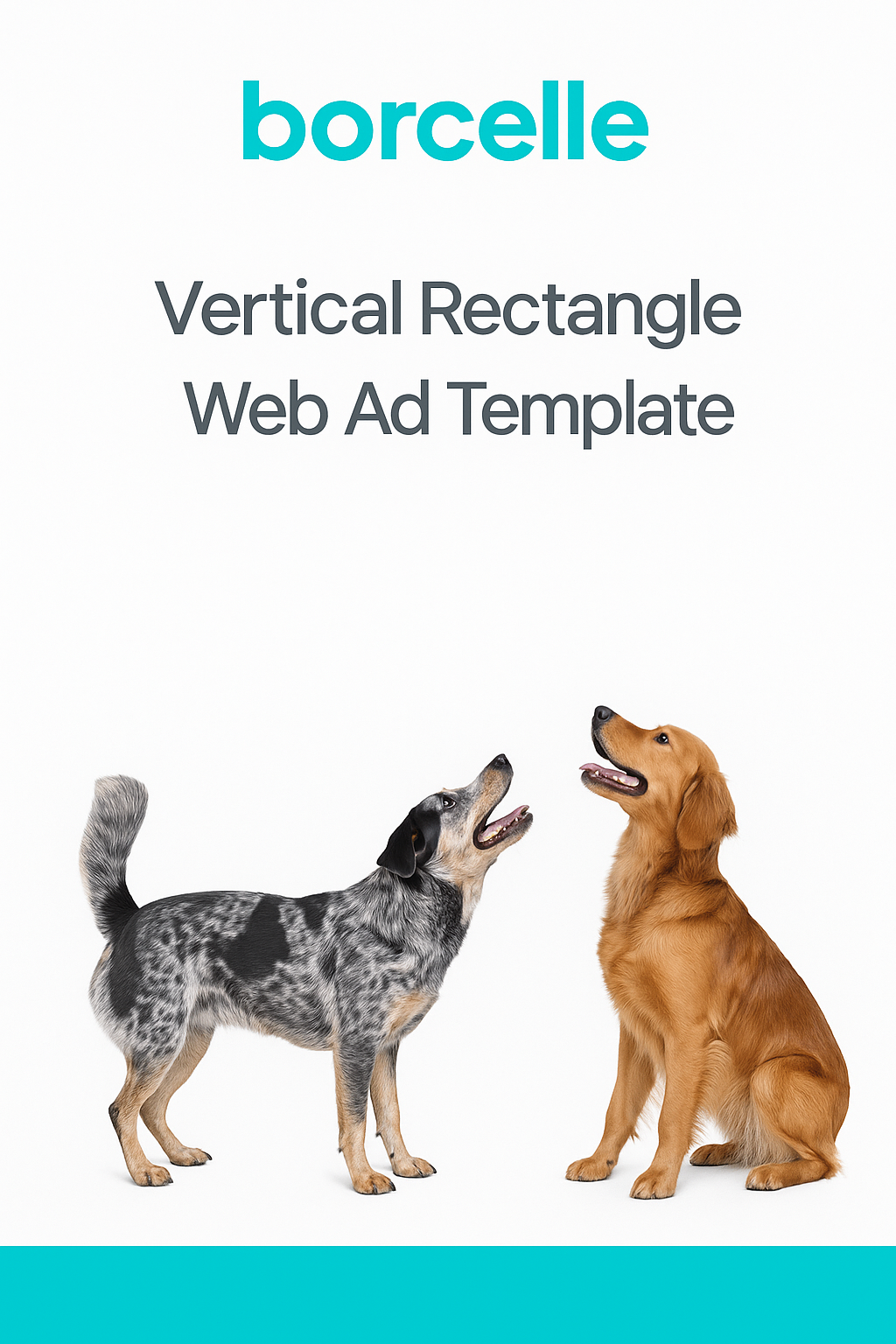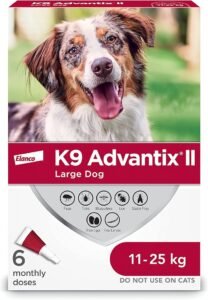The pet treats industry is wagging its way into the future, and 2025 is shaping up to be a year of exciting opportunities for wholesalers. From innovative product offerings to shifting consumer preferences, let’s dive into the trends that are set to define the pet treats market in 2025.
Introduction
If you’ve been watching the pet industry, you know it’s more than just a dog’s world—cats, birds, and even reptiles are getting in on the action. The pet treats market is booming, and as we approach 2025, wholesalers need to stay ahead of the curve to fetch the best opportunities. Let’s explore the trends that will shape the market and how you can position yourself for success.
1. The Rise of Natural and Organic Pet Treats
Consumers are becoming increasingly conscious of what they’re feeding their pets. Just as organic and natural foods have taken over human diets, the same is happening in the pet world.
Why It Matters: Pet owners are willing to spend more on high-quality, natural ingredients to ensure their furry friends are healthy and happy.
Opportunity for Wholesalers: Stocking up on wholesale pet treats that are organic, grain-free, or made with natural ingredients can meet this growing demand.
Case in Point: Brands that have shifted to natural ingredients have seen significant increases in sales, reflecting the strong consumer preference for healthier options.
2. Personalized and Customized Treats
Customization isn’t just for coffee orders anymore. Pet owners are seeking personalized products that cater to their pets’ specific needs.
Trends to Watch:
- Dietary Restrictions: Gluten-free, hypoallergenic, and vegan options are becoming popular among pets with specific dietary needs.
- Custom Flavors and Shapes: Treats shaped like the pet’s breed or personalized with their name add a unique touch.
Action Point: Consider offering private label pet treats or white label dog treats that can be customized to your clients’ specifications.
3. Sustainable and Eco-Friendly Packaging
Sustainability is more than a buzzword; it’s a movement that’s here to stay.
- Consumer Preference: Eco-conscious consumers prefer products with minimal or recyclable packaging.
- Wholesaler Tip: Opt for suppliers that use sustainable materials to appeal to this market segment.
4. Functional Treats with Health Benefits
Treats are no longer just about taste; they’re also about health.
Examples of Functional Treats:
- Dental Health Treats: Designed to reduce plaque and freshen breath.
- Joint Support: Treats infused with beneficial supplements for joint health.
- Calming Treats: Contain natural calming agents to help with anxiety and stress.
- Market Insight: Functional treats are expected to see significant growth, making them a lucrative category for wholesalers.
5. Growth of E-commerce and Online Marketplaces
The convenience of online shopping continues to reshape the pet treats market.
- E-commerce Giants: Platforms like Amazon are dominating sales, but there’s room for specialized online retailers.
- Wholesale Strategy: Ensure your products are optimized for online sales, with appealing images and descriptions.
6. Global Expansion and Diverse Flavors
As the world becomes more interconnected, so do our taste preferences—even for pets.
- International Flavors: Exotic proteins and flavors are gaining popularity.
- Cultural Influence: Products that reflect global cuisines can attract adventurous pet owners.
- Wholesale Opportunity: Diversify your product range to include these unique offerings.
7. The Importance of Transparency and Traceability
Consumers want to know where their pet’s treats come from.
- Labeling: Clear information about ingredients and sourcing builds trust.
- Traceability: Being able to trace products back to their origin is becoming a selling point.
- Action Step: Partner with manufacturers who offer transparent supply chains.
8. Technology Integration
Technology is making its way into the pet industry in surprising ways.
- Smart Treat Dispensers: Devices that reward pets remotely or on a schedule.
- Interactive Toys with Treats: Combining playtime with snack time.
- Wholesale Angle: Stocking these tech-enhanced products can set you apart from competitors.
9. The Humanization of Pets
Pets are increasingly considered part of the family, and their treatment reflects that.
- Premium Products: Gourmet treats, luxury packaging, and gift sets are on the rise.
- Seasonal and Holiday Items: Treats for special occasions like birthdays or holidays.
- Marketing Tip: Use this trend to upsell premium wholesale dog treats and wholesale cat treats.
10. Collaboration with Influencers and Brands
Influencer marketing isn’t just for humans.
- Pet Influencers: Animals with large social media followings can sway consumer choices.
- Brand Partnerships: Collaborations with popular brands can boost product appeal.
- Wholesale Strategy: Consider private label pet treats that can be co-branded or endorsed by influencers.
Conclusion
The pet treats market in 2025 is poised for growth and innovation. Wholesalers who stay attuned to these trends—whether it’s through offering natural and organic options, embracing sustainability, or tapping into technology—will be well-positioned to succeed. It’s a dynamic market full of opportunities for those ready to fetch them.
Ready to Elevate Your Wholesale Pet Treats Business?
Don’t miss out on the opportunity to stay ahead in this dynamic market. Discover how we at Matchwell Pets can help you navigate these trends. With our extensive range of wholesale pet treats, including private label and white label options tailored to your needs, we’re here to support your business growth.
Visit Matchwell Pets today to explore our offerings and take the first step towards a prosperous 2025.











